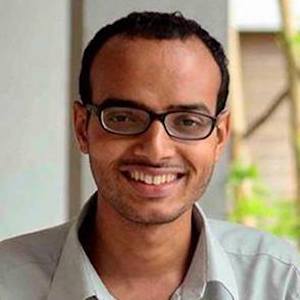National
Pele’s legend, Maradona’s magic
Pele and Maradona, two great players of their generations, represented two different eras of Kathmandu’s World Cup experiences.
Prawash Gautam
Before Lionel Messi and Cristiano Ronaldo came along, the enduring debate in Football about who was the greatest player centred on two men: Pele and Diego Maradona.
Brazil’s Pele, a prolific goalscorer who died aged 82 on Thursday in Sao Paulo, won the World Cup an unprecedented three times as a player in 1958, 1962 and 1970. Maradona, who died at the age of 60 in 2020, guided Argentina to the World Cup in 1986 with perhaps the most influential performance ever at a major tournament.
Pele and Maradona, two great players of their generations, represented two different eras of Kathmandu’s World Cup experiences.
“I watched Pele’s matches in those reels so many times that I lost count,” says Komal Bahadur Pandey, 81, who was a noted footballer of his time. “I watched them if I couldn’t sleep. I watched them before heading to Dasharath Stadium for every Mahabir match. Seeing Pele play filled me with romance and energised me for the matches.”
“I still vividly remember Pele ambling on the shoulders of two persons after being injured by a Portuguese player in 1966,” Pandey added.
Unlike Pandey, who got the rare chance to watch Pele on video, most Kathmandu locals pieced together the star in their imagination through newspapers, magazines, radio news and commentaries and word of mouth in the 1960s and 1970s.
“Although I didn’t see him play, even listening to commentaries was something I found fulfilling,” said Shyam KC, who played for Kathmandu’s famous Sankata club.
KC, who had only heard Pele play through commentaries in the 1960s, adds that Pele became his idol.
The Pele that Kathmandu came to know was blended with myth and legend.
“We heard that in the 1962 World Cup, Pele defied his devastating leg injury to score goals and lead his country to triumph,” says Raju Manandhar, 55, a former footballer with the then A-Division team United Youth Club.
“But it was only later that we learnt that Pele had missed the 1962 World Cup after the injury.”
Pele also became loved for his interaction with an Indian footballer of Nepali origin, Shyam Thapa. In 1977, Pele played a friendly with Thapa’s Mohun Bagan in Calcutta.
“In school, we would hear that Pele patted Thapa on the back and remarked that he had good potential. We felt proud about this,” said Drona Koirala, 61, originally from Jhapa. “Pele was not only the greatest player but also one sentimentally attached to Nepalis. That’s how we felt.”
Unlike Pele, Kathmandu saw Maradona’s magic on television.
It was the 55th minute of the quarter-final between Argentina and England in the 1986 World Cup. Maradona dribbled the ball forward past several players, and covering half of the field in 11 seconds and 11 touches, he scored the goal that has been celebrated as the goal of the century.
“It was a large crowd and all Argentina fans,” said Manandhar of the crowd that gathered to watch the match at Makhan. “We erupted in celebration as Maradona scored the goal.”
In his article, Manandhar reflects on Maradona’s grip on Nepalis. “Nepalese had a God-sent opportunity to watch […] global superstars play live on TV. All were extremely thankful to NTV,” he writes. “They were overwhelmed to see the superhuman performance of Maradona in all seven matches he played and the greatest individual goal in WC history.”
In 1990, Kathmandu watched West Germany captain Lothar Matthaus lift the trophy after beating Argentina in the final. But what was etched on the viewers’ memories was the image of Maradona weeping like a boy at his loss.




 22°C Kathmandu
22°C Kathmandu














